
Why was DAIZ established and what is the idea behind its name?
This is an interview with Tsuyoshi Ide, Chairman and Representative Director of DAIZ, about entering the soybean business.
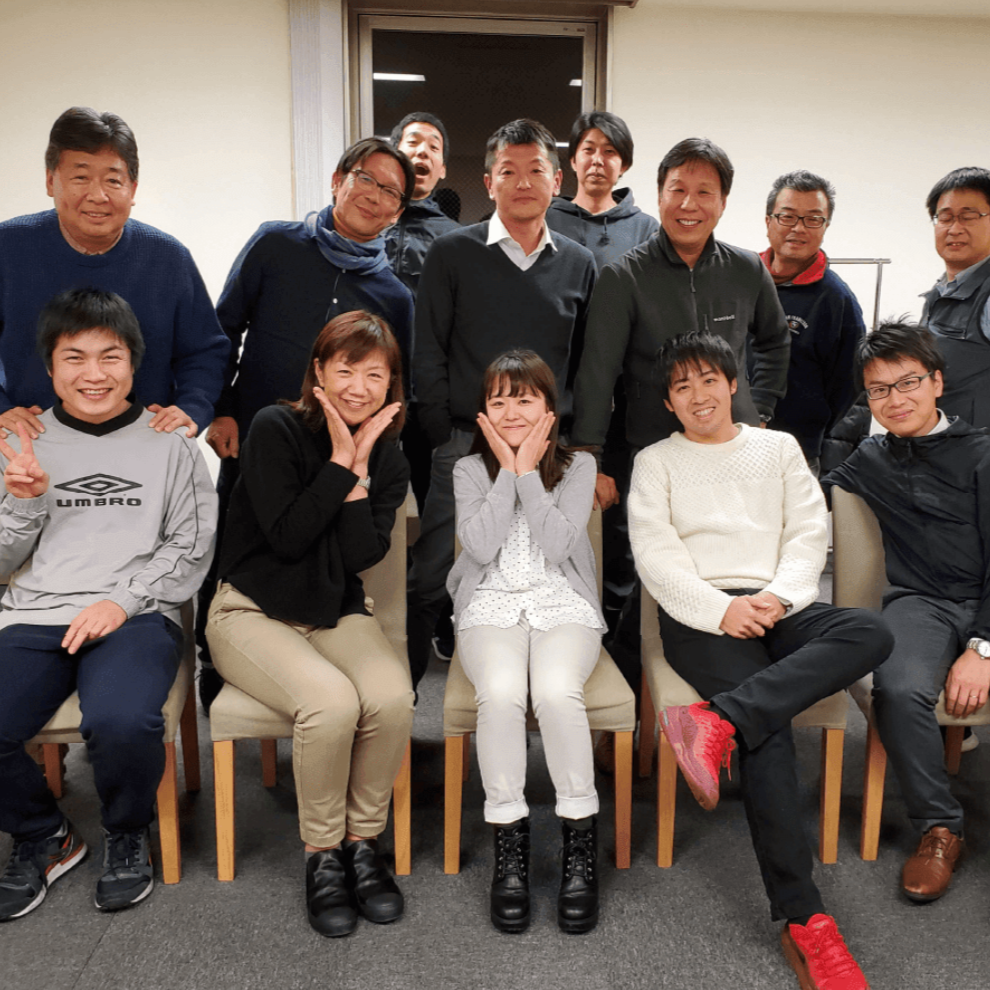
Chairman Ide with the founding members of the company in 2019.He is on the far left in the middle row.
Tsuyoshi Ide
- 1986: Graduated from the Department of Political Science, Faculty of Law, Doshisha University.
- 1990: Joined Shikibo Lifetech Corporation, where he met and married Ayako Takashima.
- 1997: Founded Transgenic Corporation that works with gene-disrupted mice.
- 2002: The company went public on the Tokyo Stock Exchange's Mothers market.
- 2005: Founded Kajitsudo Co., Ltd., the largest of its kind in Japan, to grow organic baby leaves. Mitsui & Co., Kagome, and Toyota invest in the company (while at the same time abandoning the short film production company.)
- October 2017: Founded DAIZ Corporation Inc. (formerly Soybean Energy). President and CEO.
- January 2024: Appointed Chairman and CEO.
Awards
- October 2002: Received the Prime Minister's Award: “New Business Challenger.”
- October 2003: "Medal with Blue Ribbon" (for contribution to new industries)
- Author
-
The short story "Fukushima Spinning”Click here
-
The short story “Vitellogenin”Click here
- Production
-
“Boring Woman” that President Ide dreamed of making.Click here
Why did you establish DAIZ?
A Please look at the below figure. The graph shows the production and consumption of soybeans in the listed countries. Two things can be seen from this graph. First, Japan is by far the largest consumer of soybeans compared to the other countries.
Japanese people are thought to have long consumed carbohydrates from rice and protein from soybeans.
Second, soybeans contribute greatly to the Japanese food industry as an ingredient for tofu, soy milk, natto (fermented soybeans), soy sauce, miso, oil, and emulsifiers. Soybeans are the semiconductor of the food industry, so to speak. Despite this, Japan's soybean production is still very small. This is a big problem.
Functional ingredients also include isoflavones, saponins, and oligosaccharides as well as lecithin developed by Tsuji Oil Co. Some people told me that research on the functionality of soybeans has been exhausted and that there is no room for venture companies to enter the market.
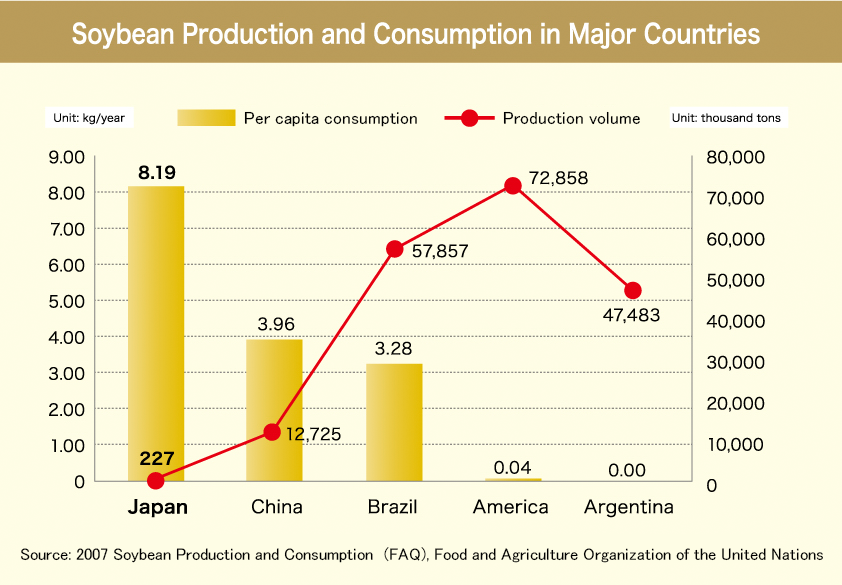
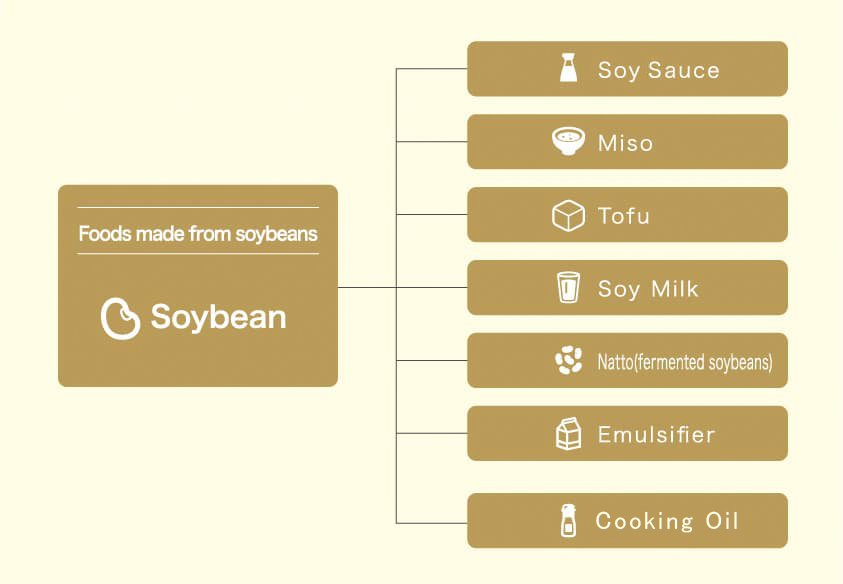
You could say that DAIZ is a latecomer to the market.
A Indeed, and at the time people were telling me there was no room for a newcomer to the market, I had an eye-opening experience meeting the president of a venture company. That was Mr. Koji Ochiai (currently Director and CTO of DAIZ).
He told me: “Instead of looking at the soybean in its sleeping state as a grain, look at soybeans that are in the midst of sprouting. They would be just awakening and their DNA will be just starting to get moving. Your idea of functionality will completely change." And I then witnessed a large range of useful ingredients being produced from soybeans.
The soybeans created by the Ochiai Germination Method were not like mere sprouted soybeans.
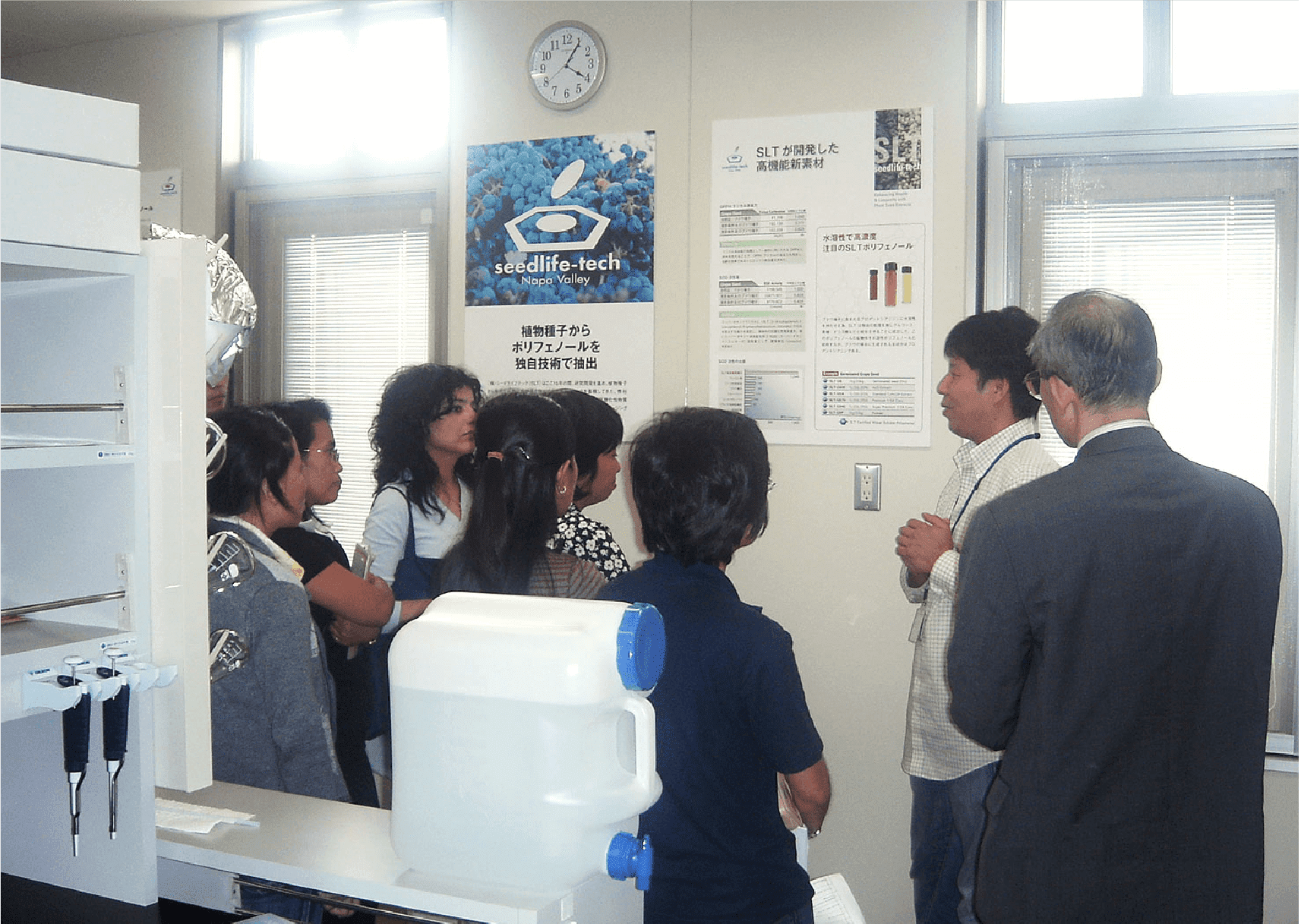
Is the technology that good?
A I am a liberal arts major, so I cannot express it well, but Mr. Ochiai had demonstrated that, like human ES cells, soybeans can be effectively stimulated from an external source immediately after germination to produce a rapid metabolic acceleration at the right time.
The metabolic stimulation activates enzymes, resulting in increased nutritional value, increased glutamate and alanine (umami ingredients), and better digestion and absorption.
In other words, the Ochiai Germination Method was an impactful innovation that changed the composition of soybeans.
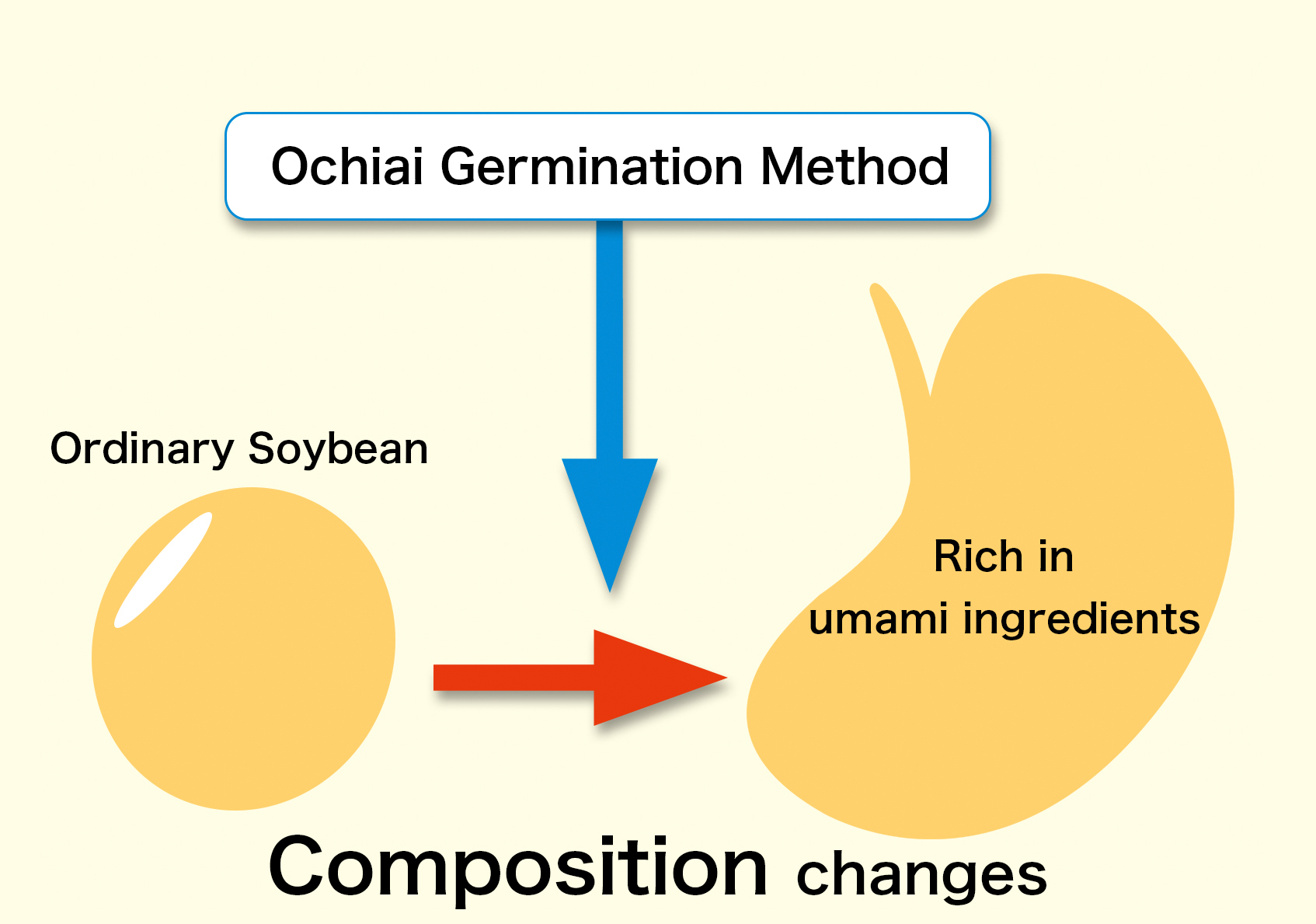
I understand that you were surprised when you came across this innovative technology, but as an entrepreneur, did you have a specific plan?
A Unfortunately, Mr. Ochiai's venture company was under fire from angry venture capitalists, banks, and business partners who were in a hurry to see a return on their investment. However, I was convinced that the technology conceived by Mr. Ochiai would undoubtedly change the future of soybeans in Japan. Therefore, we asked Mr. Ochiai to come to Kumamoto to continue his research in a quiet environment, and at the same time, we proceeded to patent and commercialize the metabolic technology. However, in 2017, Mr. Ochiai became very ill and had to take about a year off work. I guess it must have been a build up of stress over the years. After waiting for him to return to the company, we decided it was time to get stuck into it, and established DAIZ.
In 2019, Mr. Ochiai and I visited New York to research the U.S. plant meat market. We discovered that there were a huge number of food tech startups and their products were crammed into stores and food service outlets. But we noticed something very important: All the ingredients were defatted soybeans. Therefore, we felt that there was a great opportunity for DAIZ's Miracle Meat, which can radically change the composition of raw materials.
What is your vision for DAIZ?
A First and foremost is to tackle the challenge of producing plant meat (Miracle Meat). Please look at the below graph. By 2050, the world population will exceed 10 billion. We can no longer feed such a large population with beef, pork, chicken, or fish alone. This is where soybeans, a plant that produces protein, come in. The Ochiai Germination Method can significantly improve the nutritional value of soybeans, and moreover, it tastes good because it overwhelmingly increases glutamic acid. So we decided to contribute to the eradication of world hunger by developing DAIZ Miracle Meat as an alternative to meat. Having a high-minded philosophy is the most important thing for a startup.
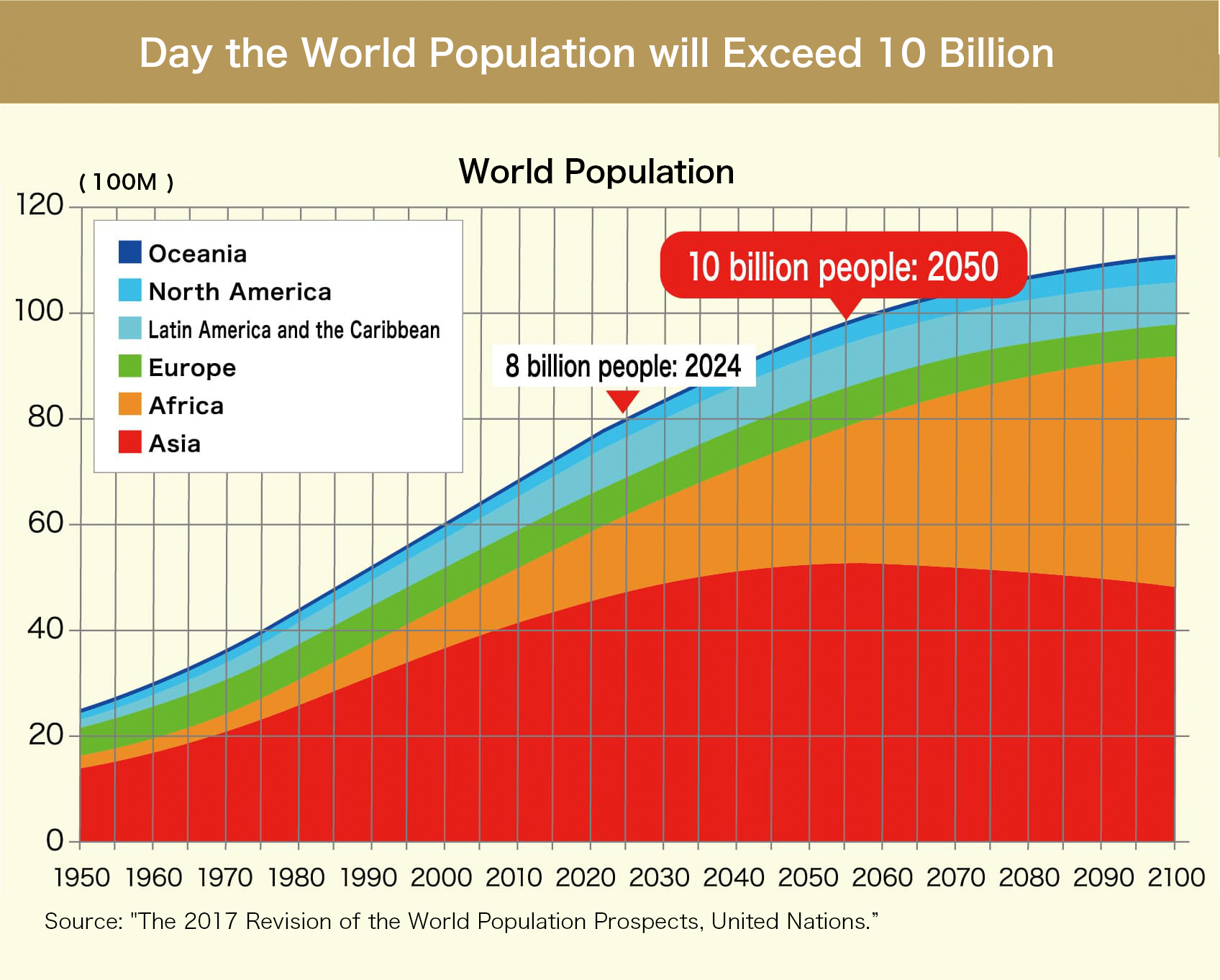
The amazing thing about the Ochiai Germination Method is that it uses live soybeans (ones in the process of germinating), so the amino acid composition of the soybeans can be freely changed to make them taste more like pork, fish, or beef. The taste, nutritional value, and functionality are as high as those of animal protein. Moreover, in the production process, there is no waste and no genetically modified soybeans are used, which is why it is Miracle Meat.
The difference that sets DAIZ’s products apart from other companies’ plant-based meat alternatives, including some American startups’ novel products, and conventional soybean oils is that, in DAIZ's case, the flavors and nutrition are within the soybeans themselves.
We would like to supply our one-of-a-kind ingredient we have developed to the world on a large scale.
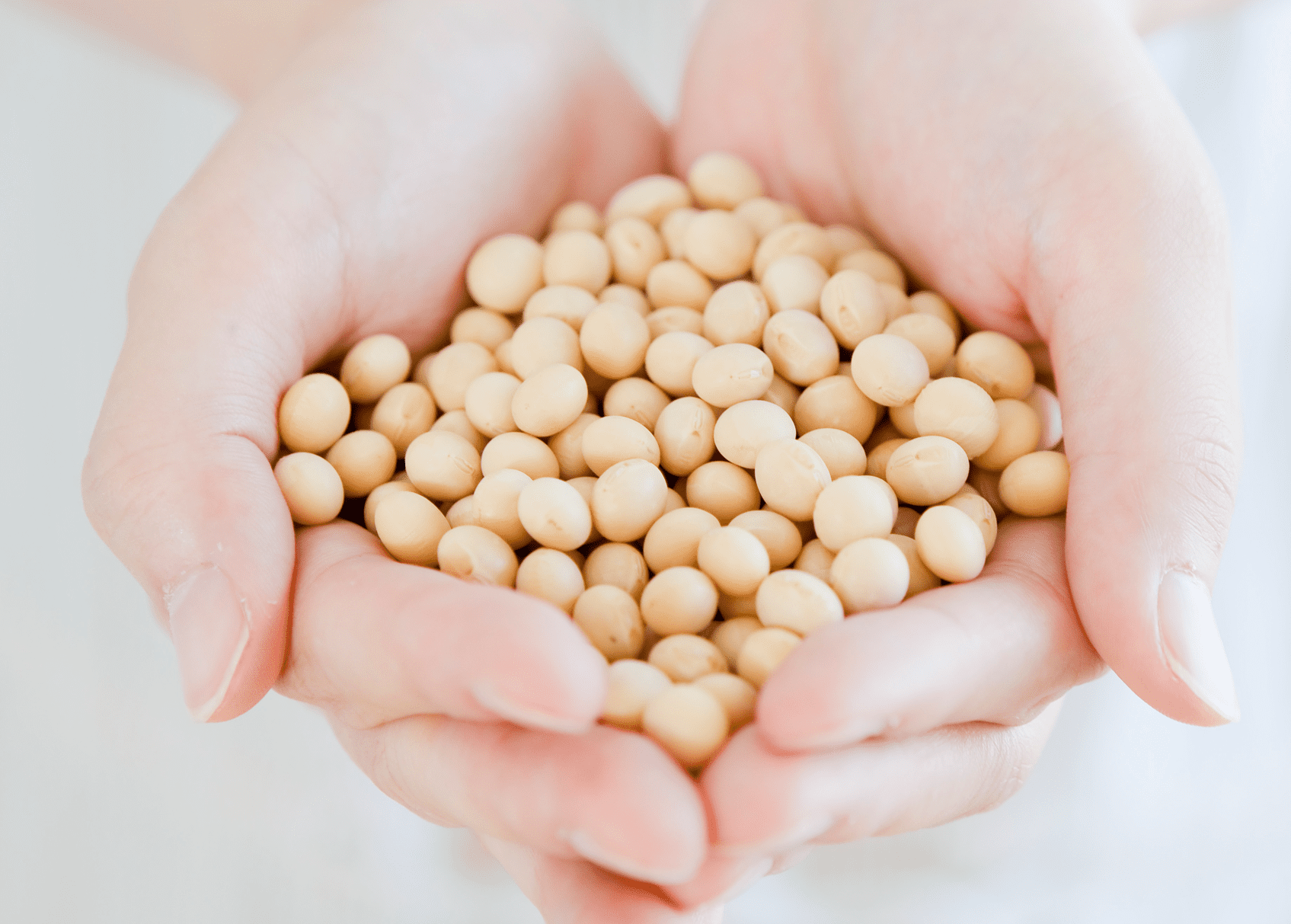
At the same time, we will develop and sell our own products and present our one-of-a-kind technology to the world.
These products include Miracle Meat Mince, Miracle Meat Hamburger, Miracle Meat Chicken, Miracle Meat Tuna, and Miracle Meat Dumplings.
DAIZ's laboratory has also launched a new project to beat the rest of the world using the Ochiai Germination Method as a platform technology.
The project name is the EMF project, which stands for egg, milk, and feed.
In the future, the need for alternatives to eggs and dairy products is expected to increase further due to the spread of SDG-like ideas and measures to reduce the environmental impact of livestock production in many countries. Therefore, DAIZ started developing “liquid egg” by applying a vegetable gelling agent to Miracle Meat and “half-and-half cow and soy milk” by incorporating isoelectric point technology into Miracle Meat.
Furthermore, the protein crisis is likely to prevent overfishing and encourage aquaculture from the standpoint of protecting marine resources. Miracle Meat is also attracting attention as feed for juvenile fish in aquaculture.
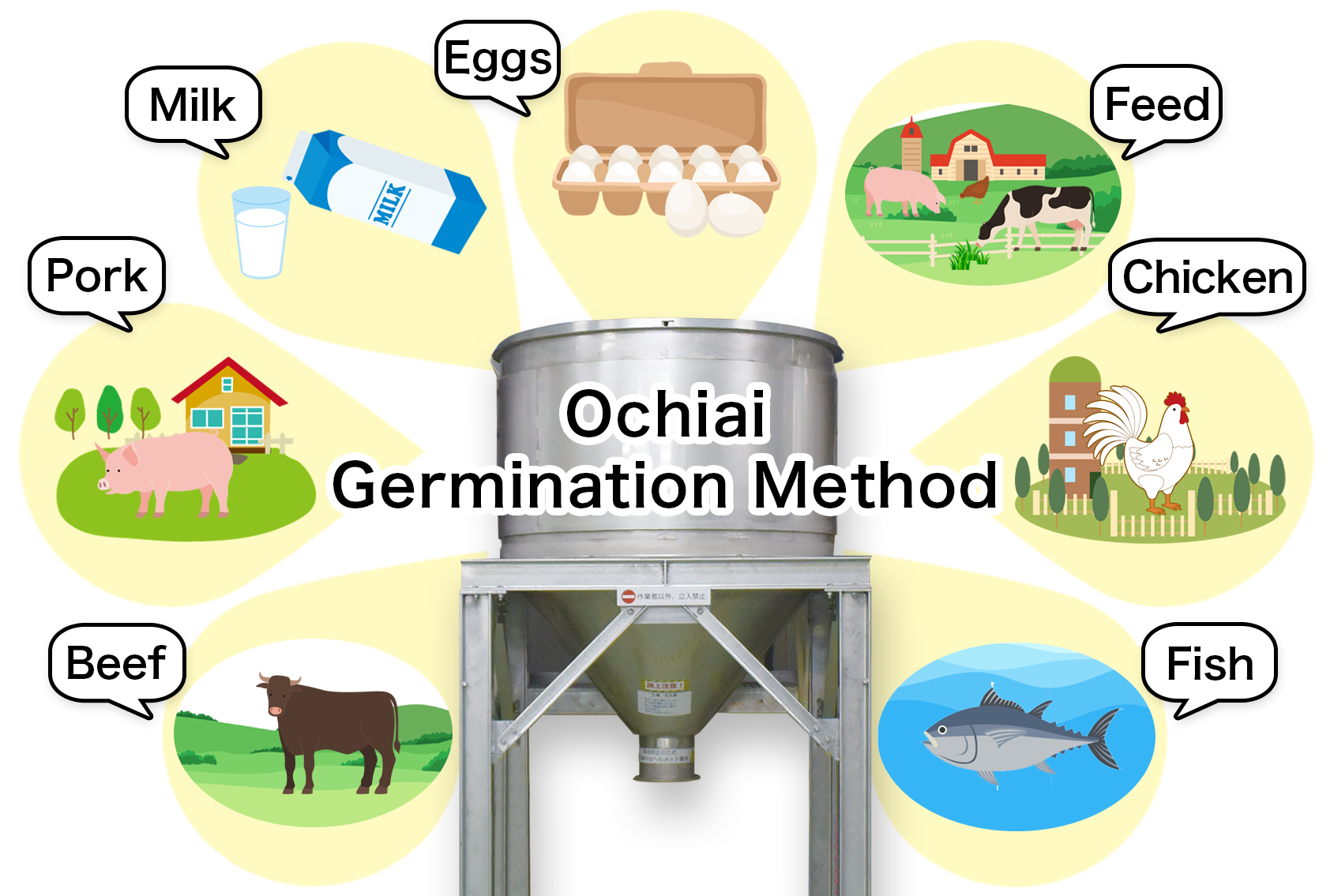
Last question: what is DAIZ’s mission?
AI am concerned that as the population of developing countries continues to grow, there will be more children in the future who will not receive the benefits of beef, pork, and chicken.
That's where delicious, functional, and inexpensive "plant meat" comes in.
The company name "DAIZ" expresses our great desire to take Japan's daizu (soybeans) to become the world's "DAIZ" with our high-tech based on the wisdom of the past.



